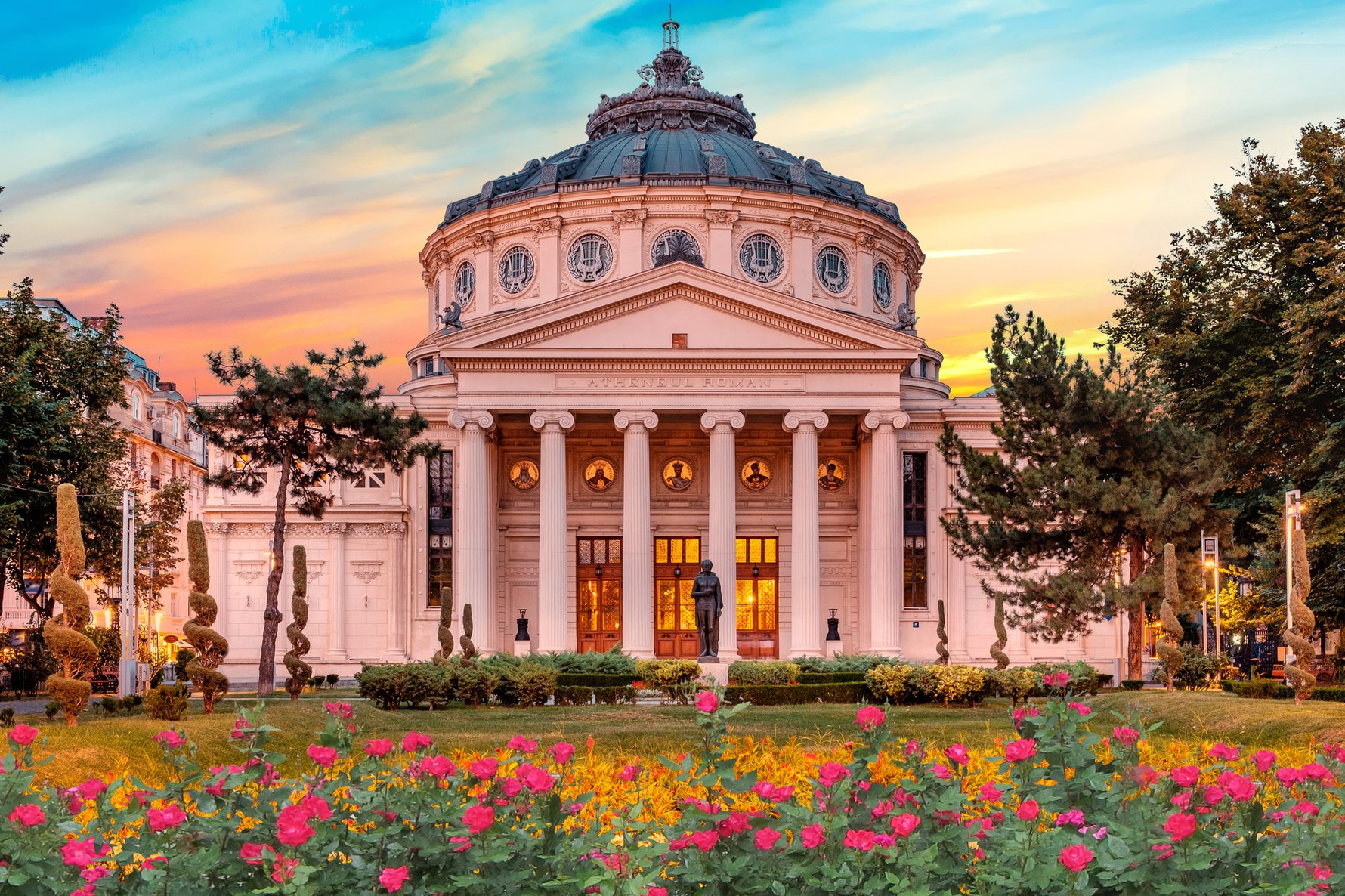Since 2013, these sites have been carefully selected based on their symbolic value, their role in European history, and the educational activities they offer, aiming to bring the European Union and its citizens closer together. The European Heritage Label differs from the UNESCO World Heritage List by focusing on promoting symbolic European values and the significant historical and cultural roles of these sites, offering valuable educational experiences, especially for young people. Candidate sites must demonstrate their intrinsic European values and the role they played in European culture, history, or the development of the Union to be eligible for the label. Once awarded, the European Heritage Label is granted permanently, with the relevant Member State responsible for regularly monitoring the site to ensure it continues to meet the criteria. Sites have the option to renounce the label at any time, with a clear process outlined for monitoring, withdrawal, or renunciation. The award event will take place in Antwerp on April 17 organised by the European Heritage Label Bureau, a network of heritage sites co-funded by the EU's Creative Europe programme.
--
A Landmark of Bucharest's Cultural Legacy
The Romanian Athenaeum in Bucharest is a cultural landmark and one of seven sites recently awarded the European Heritage Label by the European Commission (EC) for its significant role in Europe's history, culture, and the development of the Union.
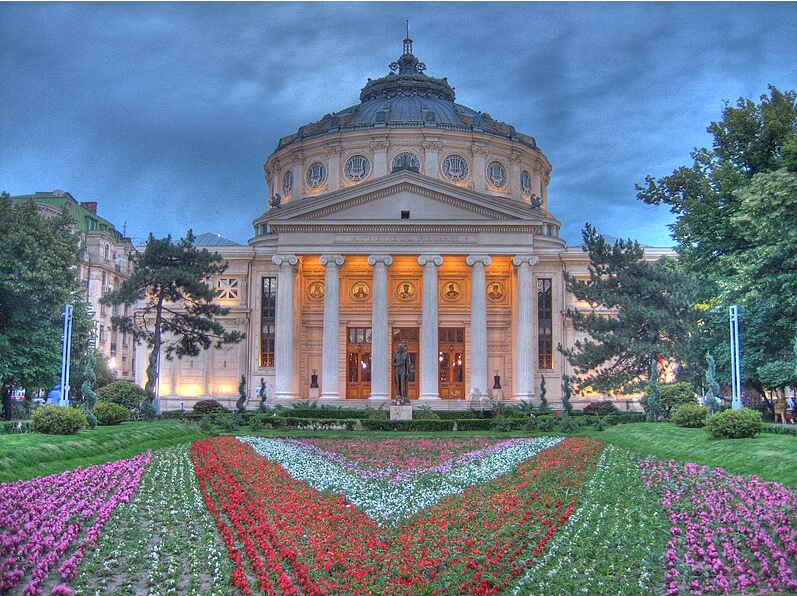
The Romanian Athenaeum in Bucharest is a renowned landmark in the heart of Bucharest, Romania. Built in the late 19th century by the Romanian Athenaeum Society, this iconic building was conceived as a hub for public education, the arts, and the promotion of culture.
From its inception, the Athenaeum has been home to the Romanian Philharmonic Society, founded nearly two decades earlier to bring classical music to the people. This cultural institution, along with its famous concert hall, played a vital role in Romania's modernisation process after the country gained independence from the Ottoman Empire in the late 1800s.
Over the decades, the Athenaeum has hosted some of the greatest European composers and orchestras, serving as a conduit for the dissemination of classical music throughout the region. Since 1958, it has been the primary venue for the prestigious "George Enescu" International Festival and Competition, honouring the legacy of the renowned Romanian composer.
But the Athenaeum's cultural significance extends beyond just music. The building also hosts public lectures by Nobel Prize laureates, renowned writers, and leading academics, fostering discourse on democracy, European values, and the advancement of culture and science.
--
Connecting Cistercian Landscapes Across Europe
The project connects 17 monastic landscapes across Central Europe, reflecting the historic pan-European reach of the Cistercian Order
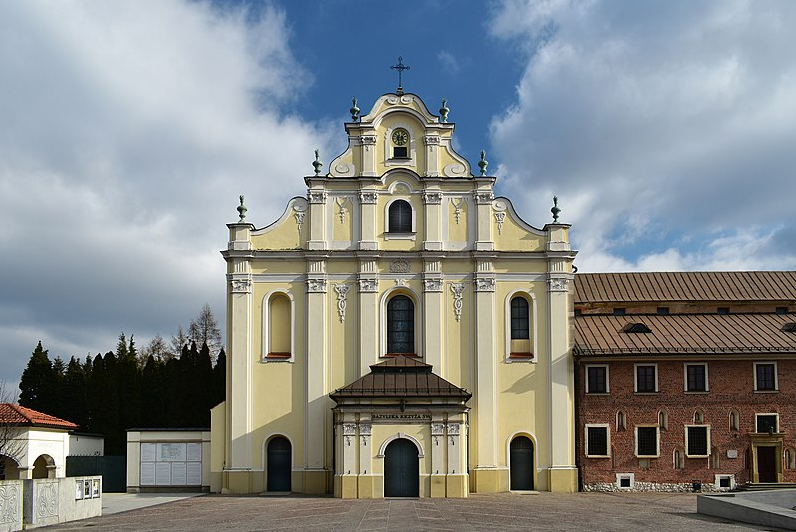
The
Cisterscapes project is a transnational initiative that connects 17 Cistercian monastic landscapes across Germany, Austria, Czechia, Poland, and Slovenia.
The Cistercian Order, derived from the Benedictines and founded in Citeaux, France in 1098, has spread extensively throughout Europe, particularly in Central Europe through the Morimond lineage.
These monasteries made significant contributions to the culture and technology of medieval Europe. Guided by the principle of economic self-sufficiency, the Cistercians funded abbeys in various European countries, sharing knowledge and practices as part of their model.
The network of abbeys established a cross-border culture, bringing a common identity and narrative through a "uniform and unifying structure of organisation, economy, and landscape". As such, the Cisterscapes project reflects the historic pan-European nature of the Cistercian Order, contributing to European history, integration, and the shaping of European values, such as the balance between unity and diversity, and the sustainable use of natural resources.
--
The Hidden Heritage of Religious Freedom in Europe
A reminder of a time when communities were forced to practice their faith in secrecy, in the face of persecution and intolerance
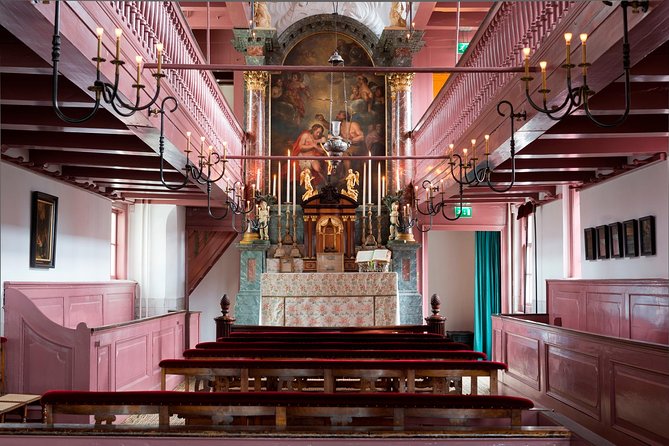
Amsterdam's
Our Lord in the Attic Museum serves as a poignant testament to the hard-won freedoms of conscience and religion in 17th century Europe. This hidden church, tucked away in the upper floors of a nondescript canal house, is a physical manifestation of the principles enshrined in various European treaties intended to end the cycle of war and violence that plagued the continent.
The freedom of thought, conscience and religion is a cornerstone of Europe's rule of law, as reflected in Article 9 of the European Convention on Human Rights. The continent has a long and complex history of religious strife, and the proliferation of hidden places of worship, such as the one preserved in the Our Lord in the Attic Museum, serves as a tangible reminder of this turbulent past.
In the face of persecution and intolerance, the ability of communities to practice their faith freely and discreetly played a vital role in laying the foundations for the democratic freedoms that Europe enjoys today. The museum's hidden church, preserved as a living historical artifact, stands as a poignant symbol of the hard-won progress towards religious pluralism and the triumph of the European ideal of the rule of law.
--
A Cornerstone of Finnish and European Identity
The Kalevala, one of the most influential epics of the 19th century, is deeply rooted in the Karelian and Finnish vernacular tradition
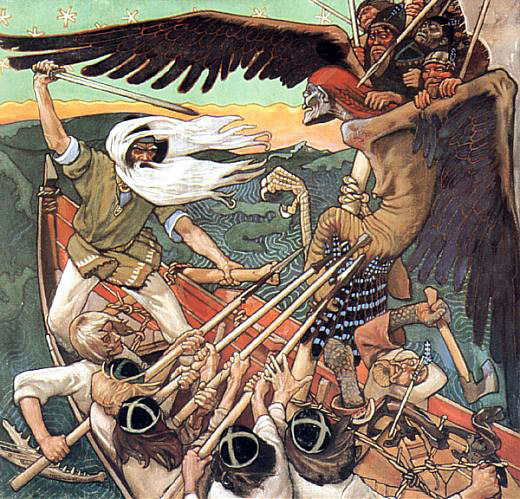
The
Kalevala, one of the most influential epics of the 19th century, is deeply rooted in the Karelian and Finnish vernacular tradition. This seminal work played a pivotal role in the nation-building process of Finland.
The publication of the Kalevala was part of the broader transnational movement of National Romanticism, which saw European nations seeking to uncover and preserve their unique mythologies and cultural heritage. This process of rediscovery and valorization contributed to the shaping of national identities across the continent. While the Kalevala is deeply revered as a cherished component of Finland's cultural legacy, it also exemplifies the dynamic interchange and multi-layered nature of European cultures and identities.
The enduring influence of the Kalevala underscores the interconnectedness of European nations, as well as the richness and diversity that emerges from the cross-pollination of traditions, myths, and artistic traditions across the continent.
--
Sant'Anna di Stazzema's National Park of Peace
A small village in the Tuscan Apennines where one of the most devastating civilian massacres of World War II took place stands as solemn site of remembrance
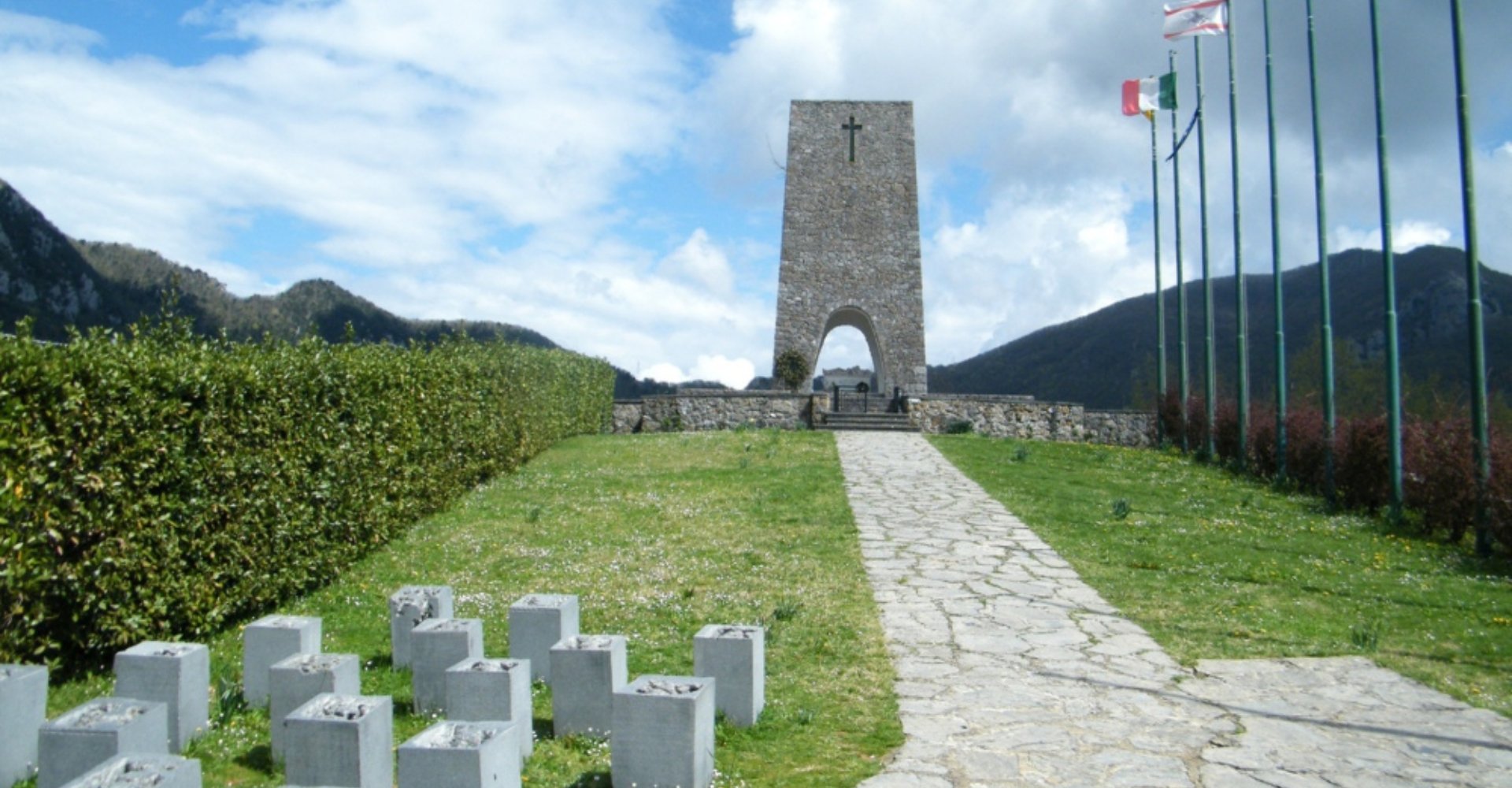
Sant'Anna di Stazzema stands as a solemn site of remembrance, a small village in the Tuscan Apennines where one of the most devastating civilian massacres of World War II took place. On August 12, 1944, an SS division ruthlessly killed over 500 people, including 130 children, in a heinous act of violence.
This tragic event is commemorated annually, and in the year 2000, the National Park of Peace was established in Sant'Anna di Stazzema. The park's mission is to keep the memory of this atrocity alive and to educate the younger generation in the values of democracy, justice, and respect among people and nations.
Today, the park hosts over 30,000 visitors each year, with 250 school visits. It organizes debates, workshops, and exhibitions that focus on the importance of remembrance and the pursuit of peace. By preserving this harrowing history, the National Park of Peace serves as a solemn reminder of the need to uphold human rights and prevent such horrors from ever happening again.
--
A Nexus of European History and Integration
The Monastery of San Jerónimo de Yuste in Spain is a site steeped in the rich history of Europe
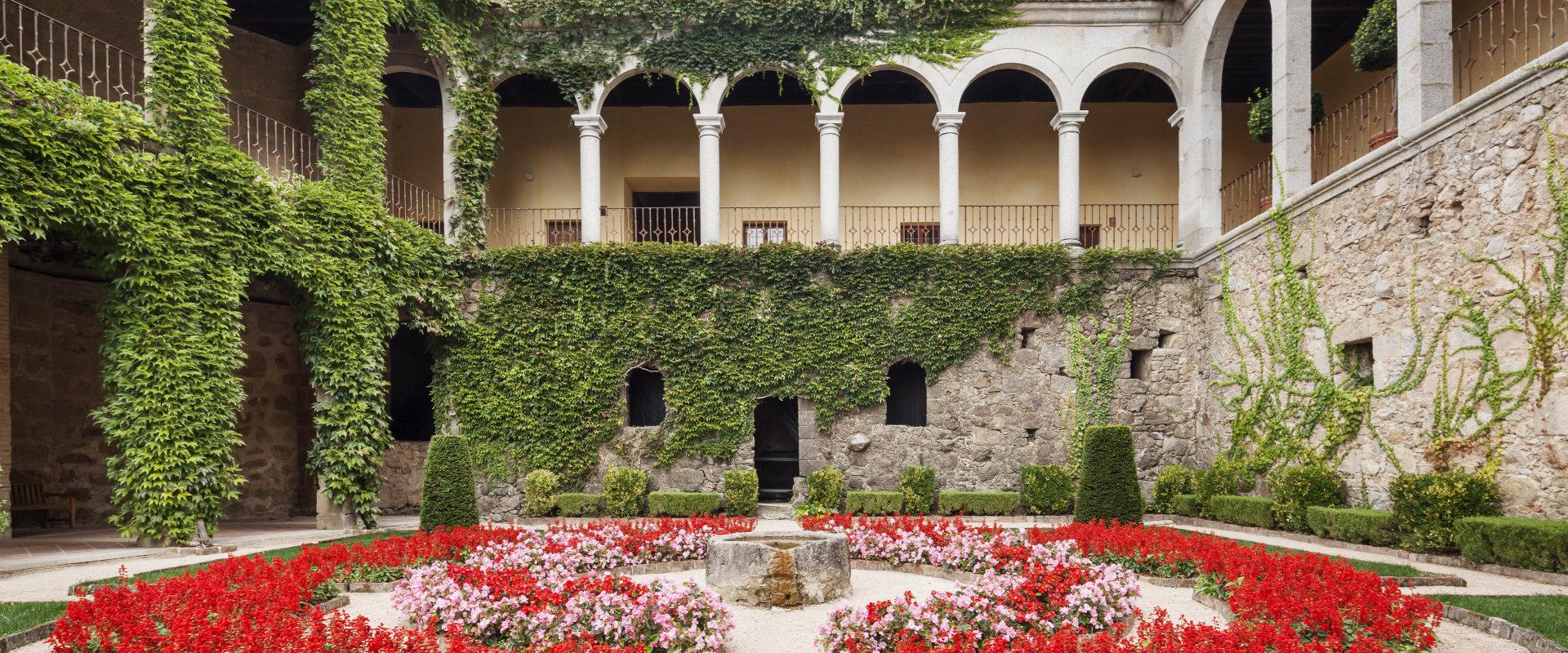
Nestled in the province of Cáceres, within the autonomous community of Extremadura, Spain, stands the Monastery of San Jerónimo de Yuste. Founded by the Hieronymite Order in 1402, this historic site gained profound significance in 1556, when Charles V, the Holy Roman Emperor, chose it as his final resting place after abdicating.
During his time at Yuste, Charles V was housed in a purpose-built palace, which now forms an integral part of the monastery complex, alongside its surrounding gardens. This unique blend of religious and imperial architecture serves as a tangible link to Europe's past, reflecting the complex interplay of faith, power, and politics that shaped the continent.
The foundation's flagship project, the Carlos V European Award, recognizes prominent European leaders and politicians who have made significant contributions to the advancement of the European ideal. In this way, the Monastery of San Jerónimo de Yuste continues to serve as a powerful symbol of Europe's shared heritage and the ongoing pursuit of unity, democracy, and progress.








